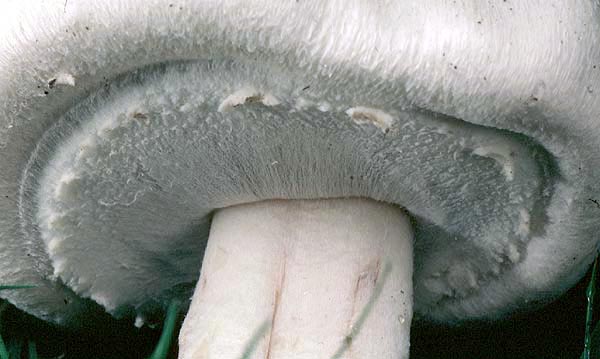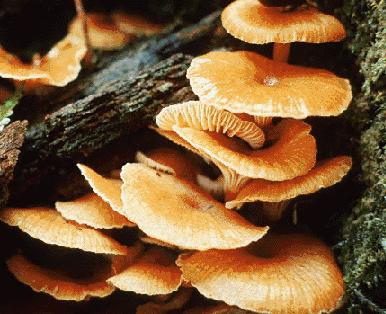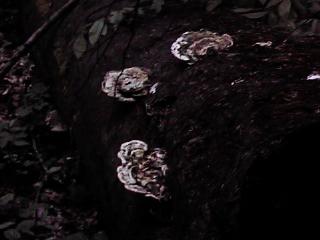
Fungi is made of thousands of hyphae which are fiberlike cells. The hyphae forms a mass called a mycelium.
There are more than 100,000 species of plants. The more numerous varietiesmake up mushrooms, molds, and mildews.

Fungi lives most everywhere. Many fungi are parasites. Some fungi live on decaying material. These are called saprophytes. Others live with other plants where all benefit. This mutual benefit is known as sybiosis.
Since fungi cannot produce their own food, they must take protein, carbohydrates,minerals, and other nutrients from plants, animals, or from decaying matter on which they live.

Fungi, for the most part, reproduce by the formation of sexual reproduction(with male and female cells) and some are reproduced by asexual reproduction(without union of male and female cells).
Yeast can produce these spores, but usually yeast produce by budding.
Fungi are important because of their ability to break down plant and animal matterin a process known as decomposition.
Fungi is important in the production of cheese. Yeast is essential to the fermentation of alcoholic beverages and bread dough. The most important use of fungi is in the production of antibiotics, which are used to fight diseases and infections.